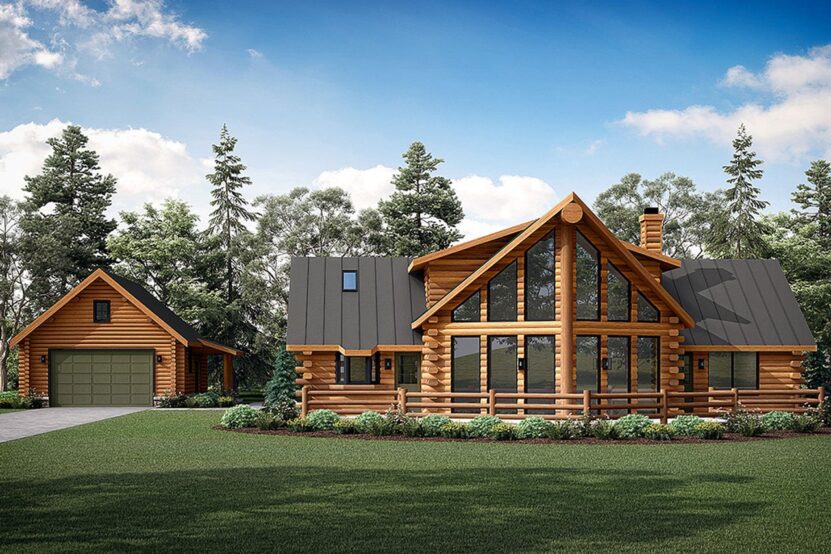Log cabins have long been admired for their rustic charm and natural beauty.
Traditionally associated with remote countryside retreats, they have now become a popular choice for both permanent homes and secondary properties.
As lifestyles evolve and people search for a balance between nature and modern comfort, log cabins have emerged as an appealing solution.
This article explores the history, benefits, uses, and growing popularity of log cabins in contemporary living.
A Brief History of Log Cabins
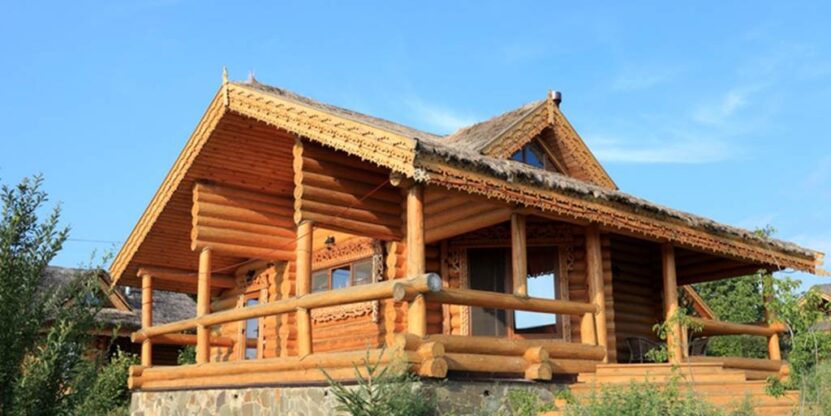
Log cabins have been part of human settlement for centuries, especially in colder regions where timber was abundant.
Originating in Scandinavia and Eastern Europe, they were valued for their practicality and insulation. Early settlers brought the concept to North America, where the cabin quickly became symbolic of pioneering and self-sufficiency.
Over time, the image of a cosy wooden home surrounded by greenery embedded itself into cultural imagination, making log cabins a timeless option for housing.
Why People Choose Log Cabins
There are several reasons why homeowners today are increasingly drawn to log cabins. Beyond their rustic aesthetic, they offer a range of practical and lifestyle advantages:
Sustainability and Eco-Friendliness
Log cabins are often made from renewable materials. Many suppliers use responsibly sourced timber, making these structures an environmentally friendly alternative to conventional brick-and-mortar homes.
Their natural insulation also means they require less energy for heating and cooling, reducing the environmental footprint.
Comfort and Insulation
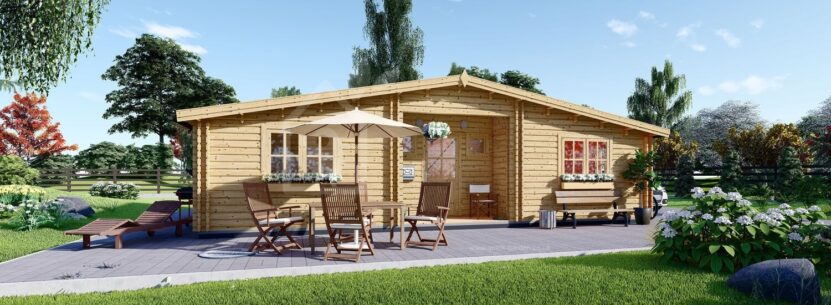
Wood is a natural insulator, regulating indoor temperature and maintaining a comfortable atmosphere year-round.
The thick logs store heat during the day and release it slowly, making cabins energy-efficient. This makes them especially attractive in climates that experience cold winters.
Design Versatility
Modern log cabins are no longer limited to small, basic shelters.
They are available in a wide range of sizes and styles, from compact garden offices and summerhouses to spacious family homes.
They can be customised to suit specific requirements, whether that is a private retreat, a guest house, or a permanent residence.
Connection to Nature
Living in a log cabin naturally promotes a closer connection to the outdoors. The texture and scent of natural wood, combined with views of gardens or forests, create a calming environment. Many people find that this natural setting improves well-being and reduces stress.
Common Uses of Log Cabins
Log cabins serve multiple purposes, making them suitable for different lifestyles.
- Permanent Homes: Increasingly, families are opting to live in log cabins full time. They offer comfort, durability, and character while blending seamlessly with rural or semi-rural surroundings.
- Holiday Retreats: For those seeking an escape from city life, a cabin provides a tranquil getaway. They are often found in scenic locations such as lakesides, mountains, or countryside parks.
- Garden Additions: Smaller log cabins make excellent additions to gardens, functioning as home offices, gyms, or hobby spaces.
- Rental Properties: With the growth of staycations, many property owners are investing in cabins as short-term rental units. Their charm and cosiness make them attractive to holidaymakers.
The Rising Popularity of Log Cabins in the UK
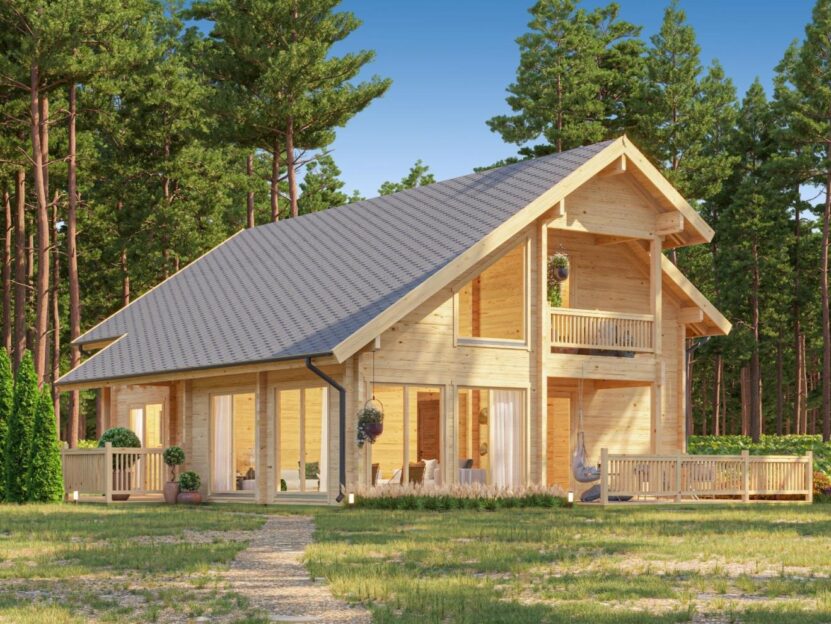
In recent years, there has been a marked rise in interest in log cabins across the UK. Factors such as remote working, increasing property costs, and a desire for sustainable living have contributed to their popularity.
People are turning to alternative housing solutions that combine affordability with lifestyle benefits, and log cabins tick both boxes.
Rural and semi-rural areas are seeing more developments where log cabins are designed as modern residential communities.
Meanwhile, homeowners in suburban areas are choosing to add smaller cabins to their gardens as versatile spaces. This growth demonstrates how adaptable these structures are to different living needs.
Investing in a Log Cabin
Purchasing a log cabin can be a worthwhile investment. With proper care, they are durable and long-lasting, offering value for money compared to traditional homes.
Maintenance involves treating the timber to protect it from weathering, ensuring good ventilation, and occasionally resealing surfaces.
When well looked after, log cabins can last for decades and even increase in character with age.
Moreover, the flexibility of design allows buyers to choose from prefabricated kits or bespoke builds, depending on their budget and vision.
Whether it’s a compact cabin for personal use or a spacious home for a family, the possibilities are wide-ranging.
Finding Log Cabins UK Suppliers
For those considering ownership, there is no shortage of options for sourcing quality cabins. Specialist companies now provide comprehensive services, from design consultation to delivery and installation.
Buyers should look for suppliers who use sustainably sourced wood and who offer aftercare services for long-term maintenance.
There is growing demand for log cabins uk providers, as more individuals and families see the benefits of timber homes.
Whether used as a permanent dwelling or as a versatile addition to a property, these cabins represent a blend of traditional charm and modern convenience.
Another advantage of choosing log cabins UK based suppliers is their understanding of local planning requirements and climate conditions.
This ensures that the cabins are built to withstand British weather while meeting regulatory standards.
Conclusion
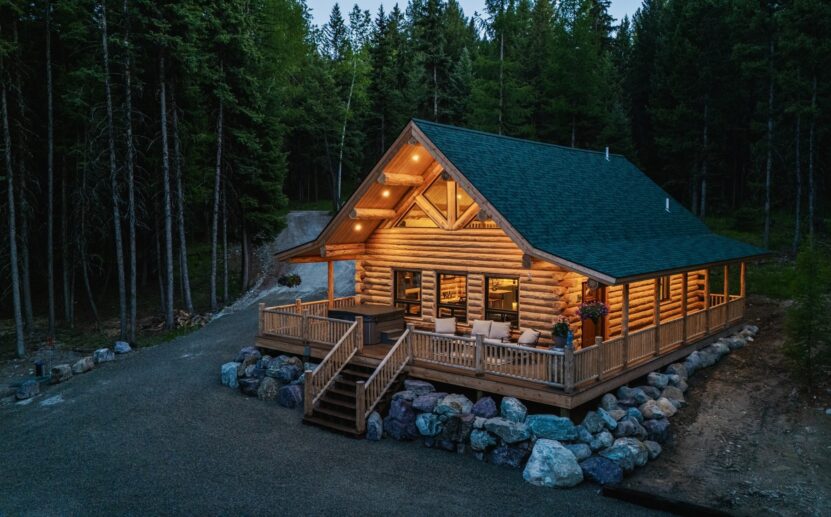
Log cabins have come a long way from their humble beginnings. Once seen as simple shelters, they are now stylish, sustainable, and versatile housing options.
Their popularity continues to rise, especially in the UK, where more people are searching for affordable, eco-friendly living spaces that offer comfort and a close connection to nature. For anyone considering a unique yet practical property solution, a log cabin could be the perfect choice.

